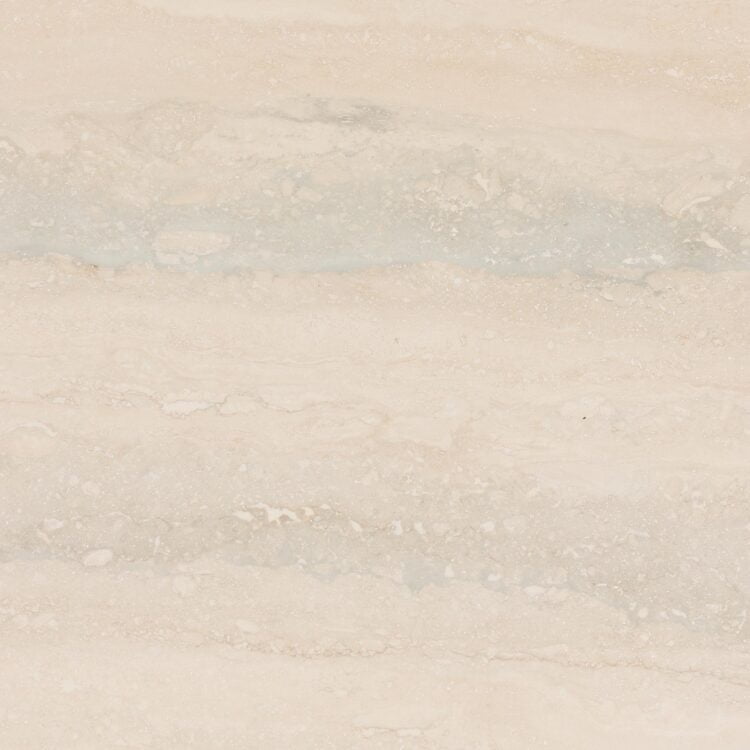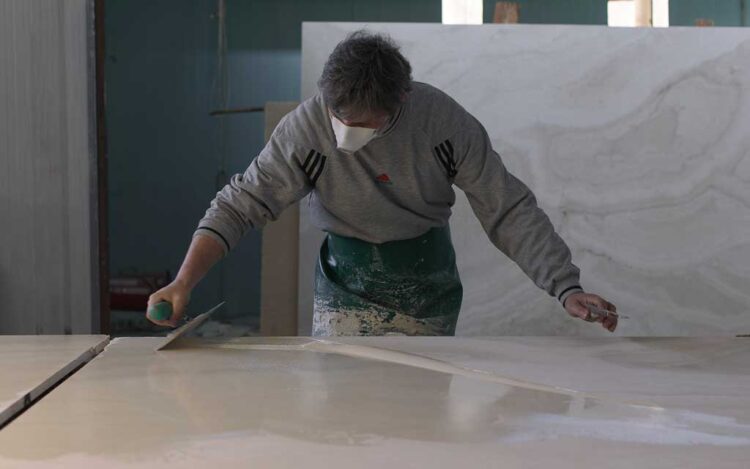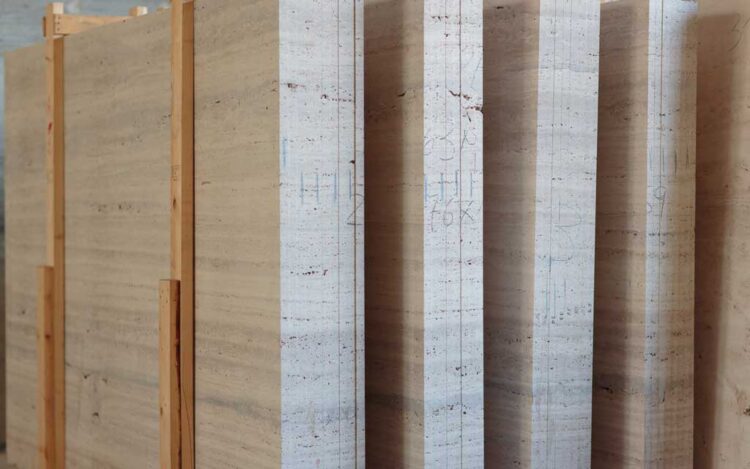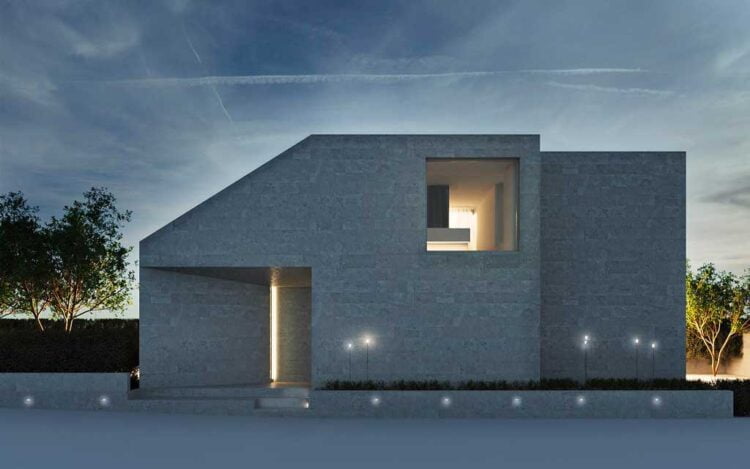Vesta Vein Cut Roman Travertine
Material: Roman Travertine
Origin: Tivoli, Italy
Availability: Blocks, Slabs, Cut to size
Suggested finishes:
saw cut, honed and stone color filled, honed and unfilled, brushed and unfilled, brushed and stone color filled
Suggested processing:
stone profiles, vein match
General description
Vesta travertine is characterized by warm and neutral colors that give this material an elegant and refined look. The Vesta recalls the colors that “dress up” nature. Green, beige, cream. This color combination is reminiscent of country landscapes and a direct connection with nature. Suitable for residential spaces and outdoor terraces, Vesta is the perfect attire for a distinguished environment.
The name of this particular Travertine natural stone is an homage to the Roman temple built in Tivoli for Vesta, the goddess of hearth, home, and family. And it could not be otherwise, since it was extracted from the same quarry that supplied Romans!
Considering the visual break given by the cut, Vesta travertine is a breath of color that can enhance daring or classic projects. Speaking of colors, mineral deposits run the gamut from beige to grey and brilliant greens. Colorful deposits are also highly sought-after and give a stone some sparkle in the sun. Different slabs of travertine Vesta also have different veining tendencies: it all depends on the depositions on the quarry layer of where stone forms and the kinds of minerals that are in the surrounding area. That’s the beauty of natural stone — no two pieces are ever alike.
Roman Travertine is an extremely resistant natural stone and it is especially suited for walls and flooring, both in interior and exterior settings. Moreover, it is also easy to cut and adapt to any surface. Suitable for residential spaces and outdoor terraces, Vesta is the perfect attire for a distinguished environment.
Technical Specifications Roman Travertine Vesta
1) Flexural strength (UNI EN 12372)
1a) Load perpendicular to asiontropic planes
| Mean Fleaxural Strength | Standard deviation |
| 12,5MPa | 1,8Mpa |
1b) Load perpendicular to corners of asiontropic planes
| Mean Fleaxural Strength | Standard deviation |
| 13,1MPa | 2,0Mpa |
2) Freeze-thaw resistance (UNI EN 12371)
2a) Load perpendicular to asiontropic planes
| Mean Fleaxural Strength | Standard deviation |
| 8,3MPa | 0,9Mpa |
2b) Load perpendicular to corners of asiontropic planes
| Mean Fleaxural Strength | Standard deviation |
| 9,2MPa | 1,7Mpa |
3) Slip Resistance (UNI EN 1341)
| Mean Slip Resistance, Single Sample |
| 63 |
4) Abrasion Resistance (UNI EN 1341)
| Mean Abrasion Resistance |
| 21,4 |





